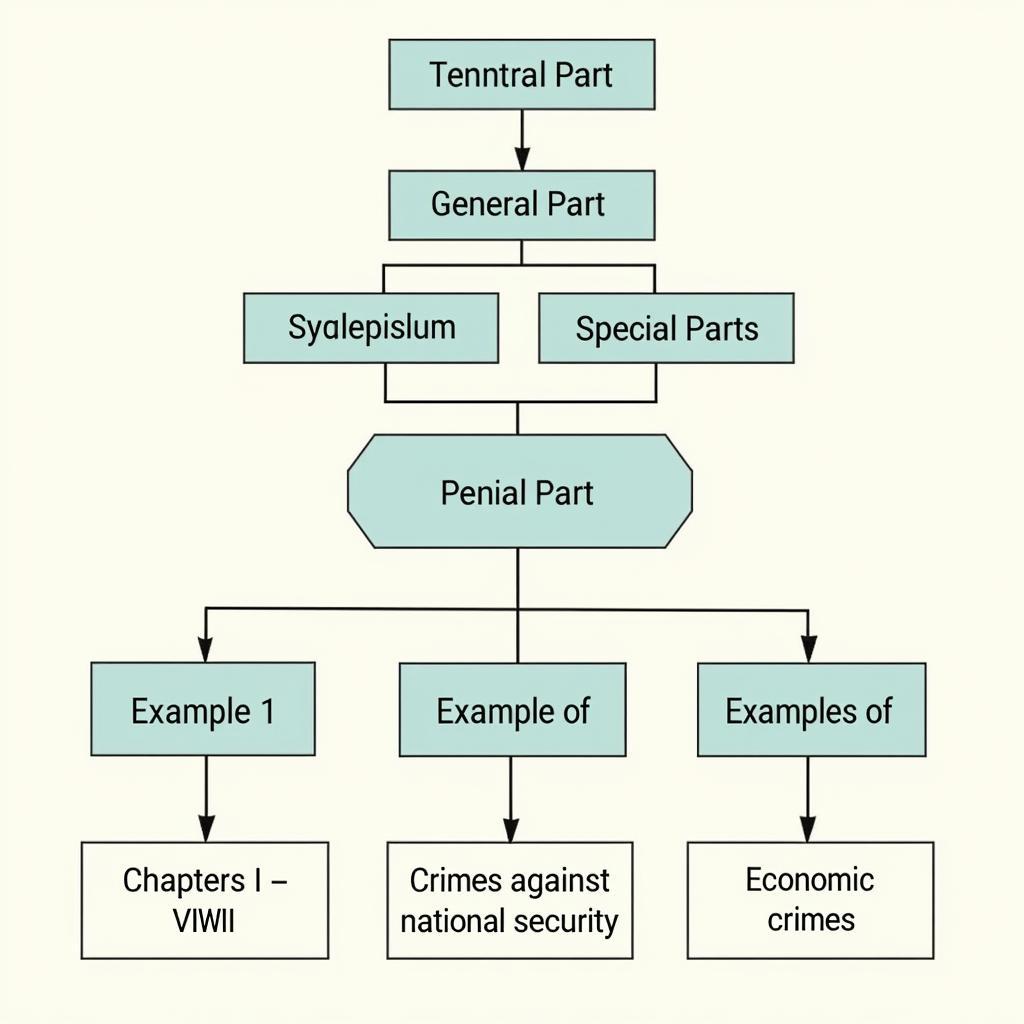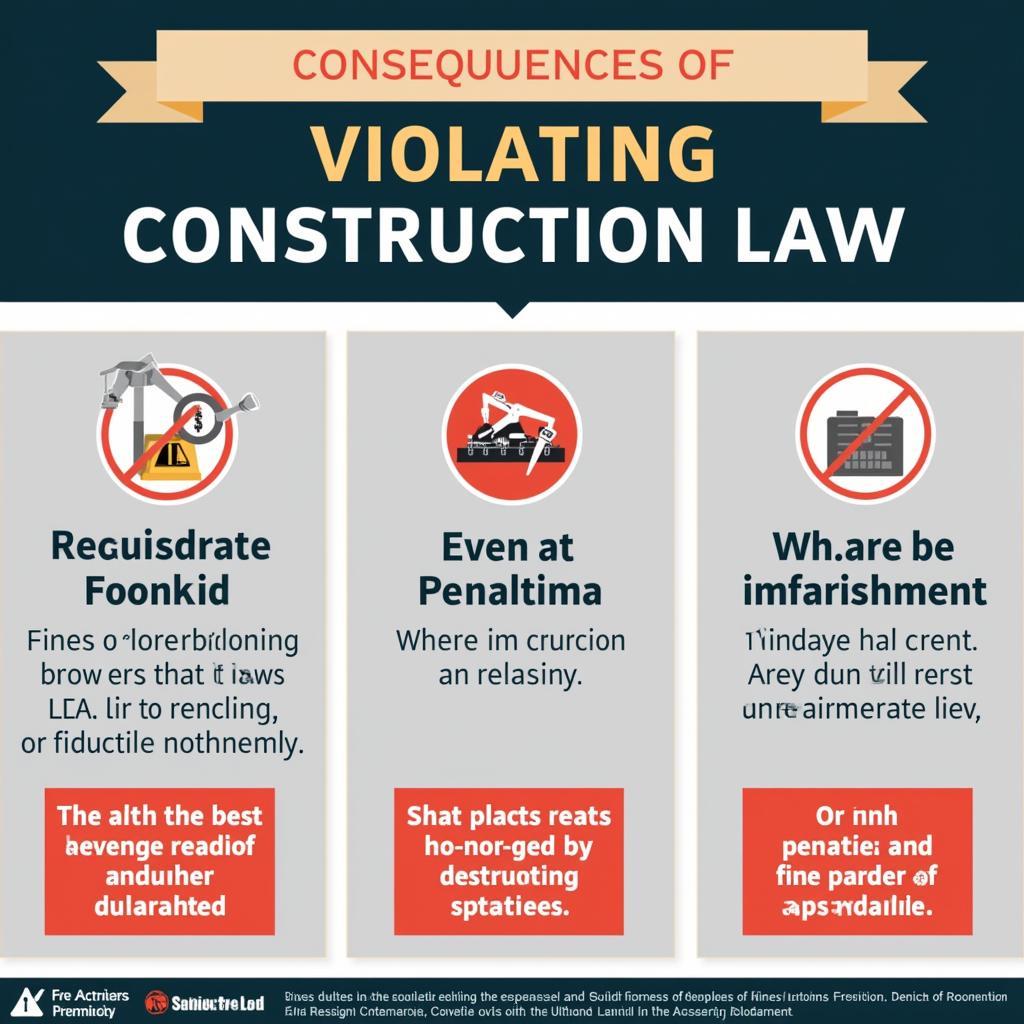The Vietnamese Penal Code 2009 is a crucial legal document that outlines criminal offenses and their corresponding penalties within Vietnam. For English speakers navigating the Vietnamese legal system, understanding the key aspects of this code is essential. This comprehensive guide aims to provide clarity on the Vietnamese Penal Code 2009 in English, highlighting its significance and practical implications.
Understanding the Vietnamese Penal Code 2009
The Vietnamese Penal Code 2009, officially enacted on July 1st, 2009, replaced its 1999 predecessor, marking a significant step in Vietnam’s legal development. This code reflects the nation’s commitment to maintaining social order, protecting citizens’ rights, and upholding justice.
Key Features of the Penal Code
The 2009 Penal Code introduced several notable changes, including:
- Expanded Definitions of Crimes: The code broadened the definition of various crimes, particularly those related to economic activities, corruption, and technology.
- Enhanced Protection of Human Rights: It incorporated provisions to better safeguard human rights, reflecting Vietnam’s commitment to international standards.
- Stiffer Penalties for Serious Offenses: The code introduced stricter penalties for serious crimes such as murder, drug trafficking, and human trafficking, aiming to deter such activities effectively.
Structure and Content of the Penal Code
The Vietnamese Penal Code 2009 is structured methodically, encompassing a wide array of criminal offenses.
General Part (Chapters I-VIII)
The General Part lays the foundation by defining fundamental legal principles, including:
- The principle of legality
- Criminal liability
- Forms of guilt
- Penalties and their application
- Circumstances affecting criminal liability
Special Part (Chapters IX-XXVI)
The Special Part meticulously outlines specific criminal offenses, categorized into various chapters based on the nature of the crime:
- Crimes against national security
- Crimes against the people’s administration
- Crimes of infringing upon socialist property
- Crimes against life, health, dignity, and honor of the person
- Crimes of infringing upon marriage and family relations
- Economic crimes
- Environmental crimes
- Crimes against public order and social morality
 Structure of the Vietnamese Penal Code
Structure of the Vietnamese Penal Code
Accessing the Vietnamese Penal Code 2009 in English
While the official version of the Vietnamese Penal Code is in Vietnamese, English translations are available through various sources. Reputable legal databases, government websites, and international organizations often provide translated versions.
 Accessing Vietnamese Legal Resources
Accessing Vietnamese Legal Resources
Importance of Seeking Legal Counsel
Navigating the complexities of any legal system, particularly one in a different language, can be challenging. When dealing with matters related to the Vietnamese Penal Code 2009, seeking legal counsel from experienced professionals is crucial. A qualified Vietnamese lawyer can provide expert guidance, ensuring accurate interpretation and application of the law.
Conclusion
The Vietnamese Penal Code 2009 is the cornerstone of the criminal justice system in Vietnam. Understanding its key features, structure, and content is essential for anyone involved in legal matters within the country. Accessing reliable English translations and seeking professional legal counsel can provide clarity and ensure compliance with Vietnamese law.
Need further information on legal matters in Vietnam? Explore more resources on our website:
For immediate legal assistance, contact us at:
Phone: 0936238633
Email: luatchoibongda@gmail.com
Address: 408 An Tiêm, Hà Khẩu, Hạ Long, Quảng Ninh, Việt Nam
Our dedicated team is available 24/7 to address your legal needs.
